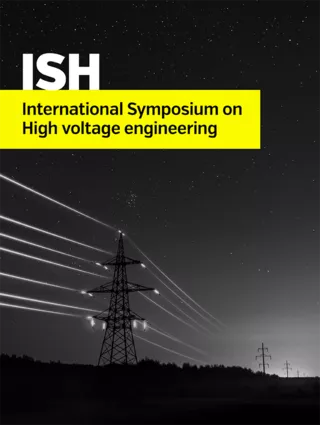Summary
The asset management technique is expected to support a more rational maintenance strategy of electric power transmission and distribution equipment. Some research activities around the world have yielded estimation models and support tools, and it has become apparent that maintenance-related data collection for the models and tools is a common challenge. The quality and quantity of data differ depending on each case; therefore, suitable evaluation models and methods should be selected by referring to each data collection situation. The author proposes “hierarchical asset management” for power equipment as a means of such flexible examination. “hierarchical” means differences in the quality and quantity of data. Generally, hierarchically high level data is useful for asset management, but maintenance data collection requires time and cost; therefore, its merit should be estimated. In this paper, some assumed data for lifetime estimation are utilized for maintenance planning. One is additional data for statistical failure analysis. If some additional data enable the classification of failure data in two groups, a long-lifetime group and a short lifetime group, the lifetime estimation can be made more accurately, then the maintenance strategy can be expected to be more rational and its cost lower. The other is the probability density distribution of stress to equipment. The actual failure probability is determined from both the strength probability distribution of equipment and the stress probability distribution to equipment. As one example, the probability density distribution of stress to an oil-immersed power transformer is examined. The electromagnetic force by short-circuit current is generally considered to cause failure in the transformer winding insulation. Generally, when the lifetime of a transformer is examined, the fault current is assumed to be at the maximum value. This means the stress to the transformer is assumed to be only one value. However, if such a fault current originates from lightning mainly, the location of the lightning (, distance from the substation,) determines the fault current value. In this case, the lightning density data at the target transmission and distribution network can be utilized for the estimation of the stress probability distribution, and a more accurate failure probability estimation (, which decides the lifetime probability distribution,) can be realized. It yields some cost merit in its maintenance activities.
Additional informations
| Publication type | ISH Collection |
|---|---|
| Reference | ISH2017_461 |
| Publication year | |
| Publisher | ISH |
| File size | 173 KB |
| Pages number | 4 |
| Price for non member | Free |
| Price for member | Free |
Authors
T. TAKAHASHI



